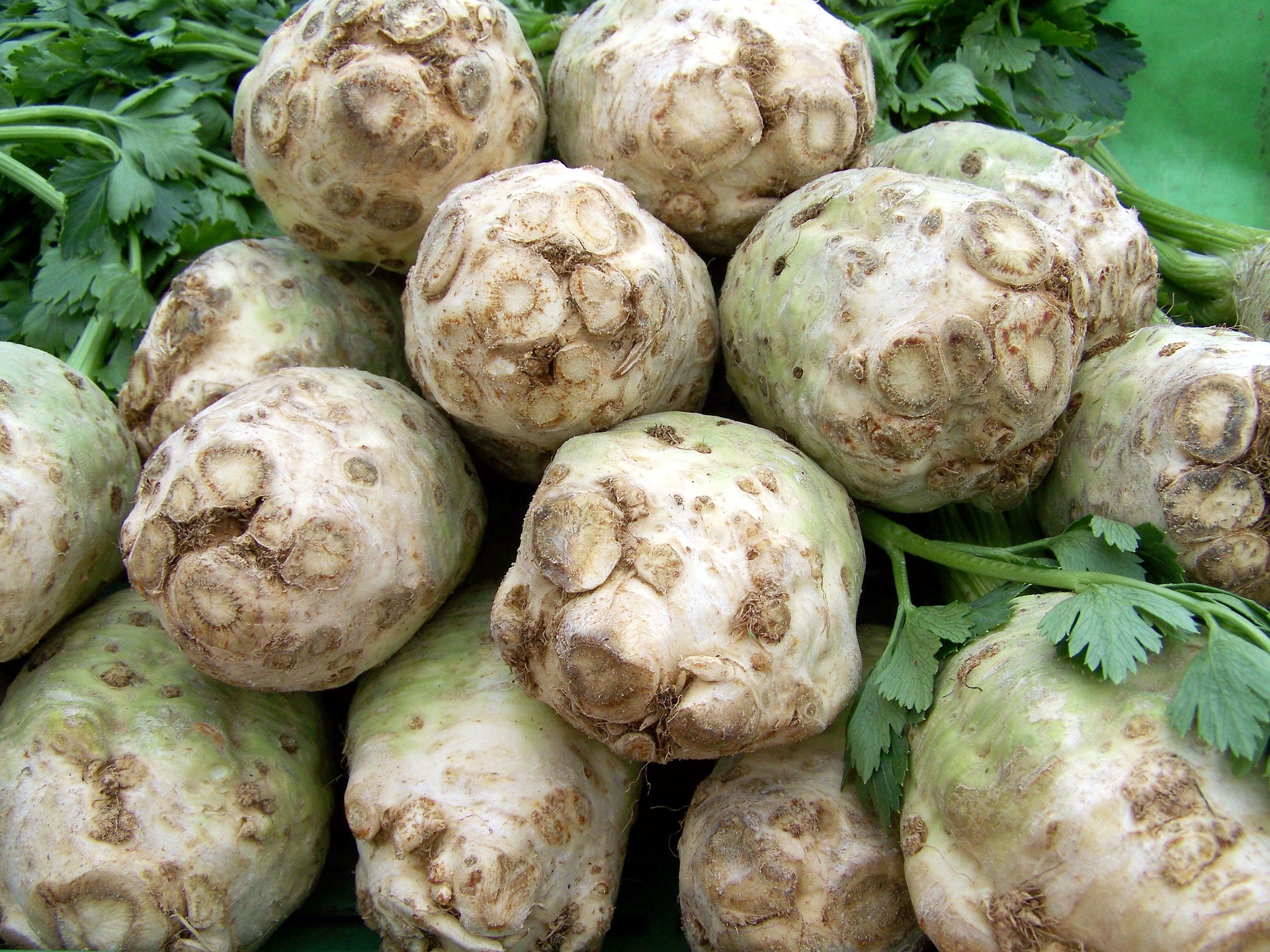If the soil intended for celery cultivation is low in humus, it is recommended to fertilize with manure at a rate of 40-60 t/ha. The manure should be plowed into the soil during the basic autumn tillage.
Irrigation Systems for Celery
It is also possible to irrigate using a “drip irrigation” system. In both cases, it is crucial to determine the optimal timing and amount of irrigation, allowing for proper water dosing.
Starting Point for Irrigation
The starting point for irrigation refers to the precise moment when irrigation should begin, which is essential for successful and efficient watering. If the timing is determined “by eye,” it can lead to inefficient and potentially harmful irrigation.
Irrigation Dose
The irrigation dose is the amount of water applied in a single irrigation session (measured in m³/ha or mm). This dose should moisten the soil up to the field capacity, which means the irrigation dose depends on the soil type. To determine the correct irrigation dose, it is necessary to know the soil moisture before irrigation and the soil’s water-holding properties. The difference between the field capacity and the current water content in the soil represents the irrigation dose. To ensure optimal irrigation timing and dose, and thus efficient and economical water use, soil moisture meters should be employed.
Sprinkler Irrigation
Advantages of Sprinkler Irrigation:
- Usable in various topographical conditions
- Minimal or no preparatory work on the land
- Does not occupy arable land
- Does not hinder the use of machinery
- Allows for the economical use of available water through precise dosing
- Less impact on the soil’s physical properties
- Suitable for irrigating newly sown fields and young plants
- Allows for fertigation (applying fertilizers with irrigation)
In sprinkler irrigation, the system draws water from a source, pressurizes it through pipes, and distributes it over the field as a natural rain through sprinklers. The irrigation system can be portable, semi-permanent, or permanent.
- Portable System: All parts are portable, and pipes are connected with quick-release couplings.
- Semi-Permanent System: This system has a permanent water intake device and a main pipeline, with portable sprinklers and lateral pipes. The main pipeline is usually buried, with hydrants extending to the surface for connecting sprinklers.
- Permanent System: All components are permanent. Sprinklers are connected to a pipe network, often buried underground.
Each sprinkler irrigation system comprises a water intake, pipe network, sprinklers, and fittings. The water intake can be either gravitational or use a pumping unit. In the pumping unit system, water is drawn from the source and pressurized through the pipe network to the sprinklers. The pumping unit consists of a motor and pump, with centrifugal pumps being the most commonly used. It is essential to match the engine power with the pump requirements.
Sprinklers
The pipe network transports water from the source to the sprinklers. This network includes intake pipes, main pipelines, and lateral pipes with branches for connecting sprinklers. Sprinklers disperse water over the soil surface as droplets, making their role critical. They vary in water pressure, throw range, water output, spray area, spraying intensity, nozzle type and number, and operational mechanism.
Selecting Sprinklers
For vegetable crops, light sprinkling is preferable, so sprinklers with low intensity and short throw are best. One of the most important characteristics of sprinklers is uniform water distribution. Ideal irrigation is often disrupted by wind. Typically, more water falls near the sprinkler, decreasing towards the edges. Therefore, sprinklers should be appropriately spaced to ensure even coverage.
Besides selecting the right sprinklers, it’s crucial to plan the layout of the entire system, including water intake, main pipeline, and lateral pipes. This planning must consider the water source, topographical conditions, and the size and shape of the plots. Each plot requires a prior assessment of natural, technical, technological, and economic conditions before deciding on the placement of system components.
Sprinkler Duration
Knowing the duration of irrigation from one sprinkler position is vital. Over-irrigation can add excess water, causing soil physical property degradation, nutrient leaching, erosion, and salinization. Under-irrigation may not saturate the soil to the necessary depth. The irrigation dose depends on soil characteristics, crop type, and current soil moisture status.













































